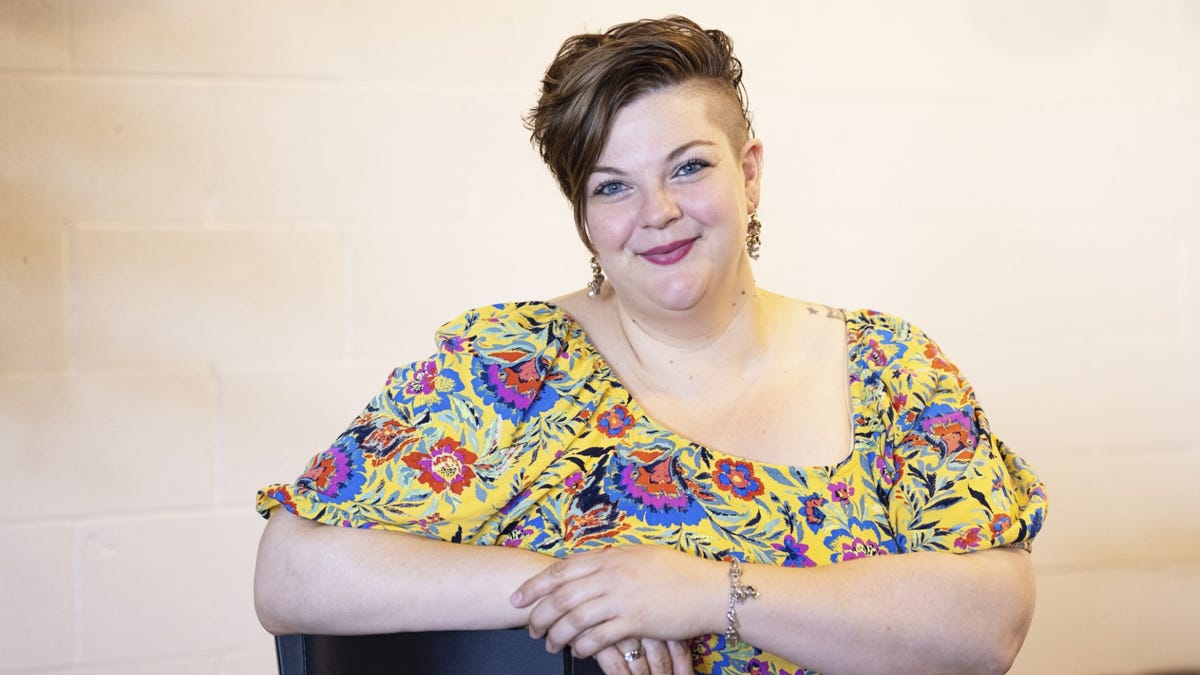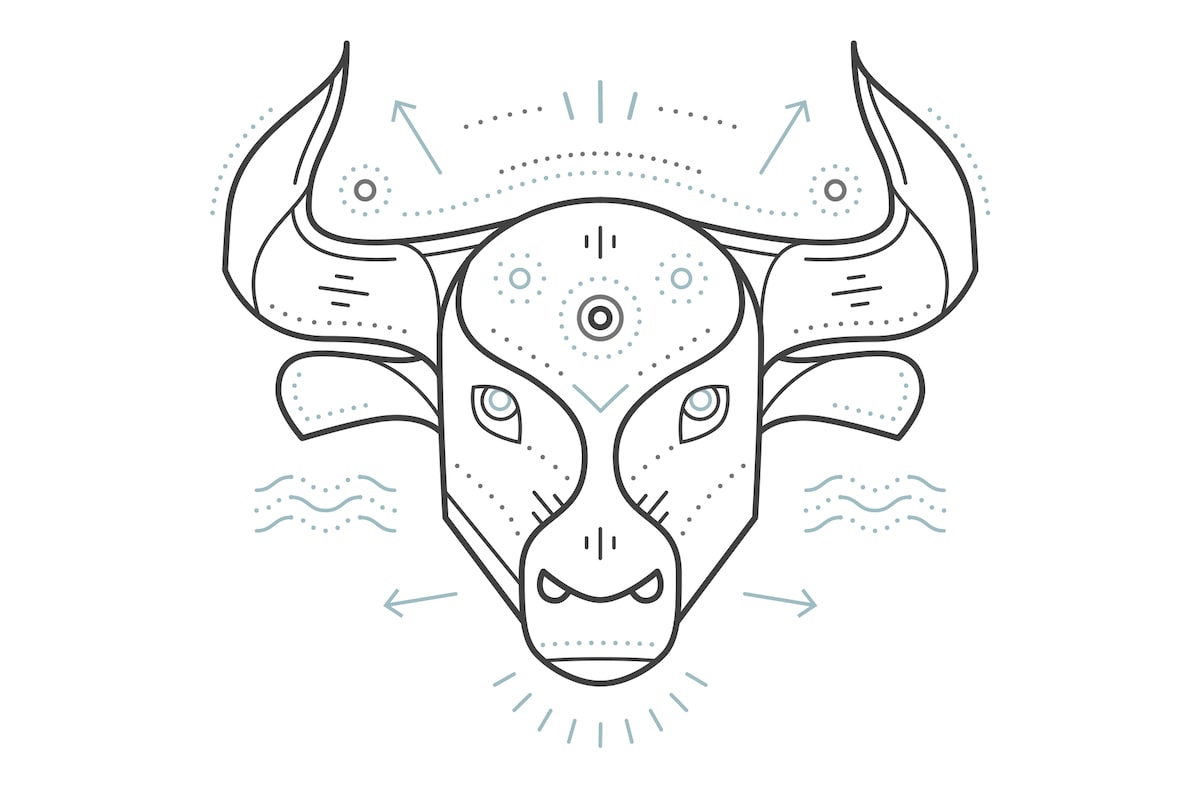World
As technology makes the world smaller, mental health challenges are growing

Mental health in a changing world
For the past 75 years, the United States has recognized May as Mental Health Awareness Month. This initiative was started by Clifford Beers, the founder of Mental Health America (MHA), in 1949 — in a very different world than we live in today.
It is fitting, then, that the 2024 MHA theme for Mental Health Awareness Month is “Where to Start: Mental Health in a Changing World.”
Mental health challenges are common in the United States. “About half of Americans will meet the criteria for a diagnosable mental health condition sometime in their lives,” and 1 in 5 people experience a mental health condition in any given year.
Plus, anyone can face challenges that impact their mental health and well-being, regardless of diagnosis.
There are many things an individual might experience that impact mental health, such as trauma, grief, loneliness and chronic illness. And, as we become more globally connected, we are bombarded with information about the world’s problems, which are often outside of our direct experience or control. This barrage of information impacts our mental health, too.
A 2022 study found that 73% of Americans felt “overwhelmed by the number of crises going on in the world.” Having the internet in your pocket has its upsides, but it also increases exposure to news coverage, which can be dramatic, divisive and/or negative.
Seeing graphic or upsetting images can trigger your body’s “fight or flight” response, which dumps adrenaline and cortisol into your bloodstream — stress. Prolonged levels of high stress can cause serious physical and mental illnesses, including anxiety, depression, heart disease and stroke.
You are more likely to experience stress when the news is personally relevant to you or if you share an identity with someone involved. “Because the BIPOC and LGBTQ+ communities are more often targets of violence and hate crimes, the mental health of people from these communities is impacted more severely by the news.”
In addition to creating a constant link to the 24-hour news cycle, technology contributes to decreased mental health in other ways. We are always “reachable,” which can encroach on downtime and lead to burnout.
Social media use can lead to FOMO (anxiety triggered by the fear of being excluded or not fitting in), reduced self-esteem, and increased dissatisfaction with life. These are often a result of trying to compare our life circumstance with others, often strangers, who are in different geographic, social and economic groups.
Economic status and the economy at large are a significant cause of mental distress for Americans, with 42% reporting that “they are worried that they don’t have enough money.” Economic status is just one of many social drivers (determinants) that impact both physical and mental health.
Other drivers include: access to resources (such as healthy food, doctors, and education), your neighborhood and more.
So, what can we do when the world is getting to us, and we feel like we have the weight of the world on our shoulders?
Work on your relationship with technology. Be intentional about using technology and social media, set tech boundaries, and cut back on screen time.
Create a personalized “coping menu.” Take time to figure out what helps you manage stress and keep a list for easy reference when you’re feeling out-of-sorts. Include small things (appetizers), big things (entrees), and splurges (desserts) so you have a variety of coping strategies to choose from.
Ask for help when you need it. Whether you turn to friends and family or seek help from a mental health professional, know when you’ve hit your limit and reach out. After all, we’re all figuring out how to manage our mental health in this ever-changing world, so we might as well do it together.
All quoted material in this article was taken from the Mental Health America 2024 Mental Health Month toolkit.
Mikki Burcher is a mental health first aid instructor at Valeo Behavioral Health Care.










